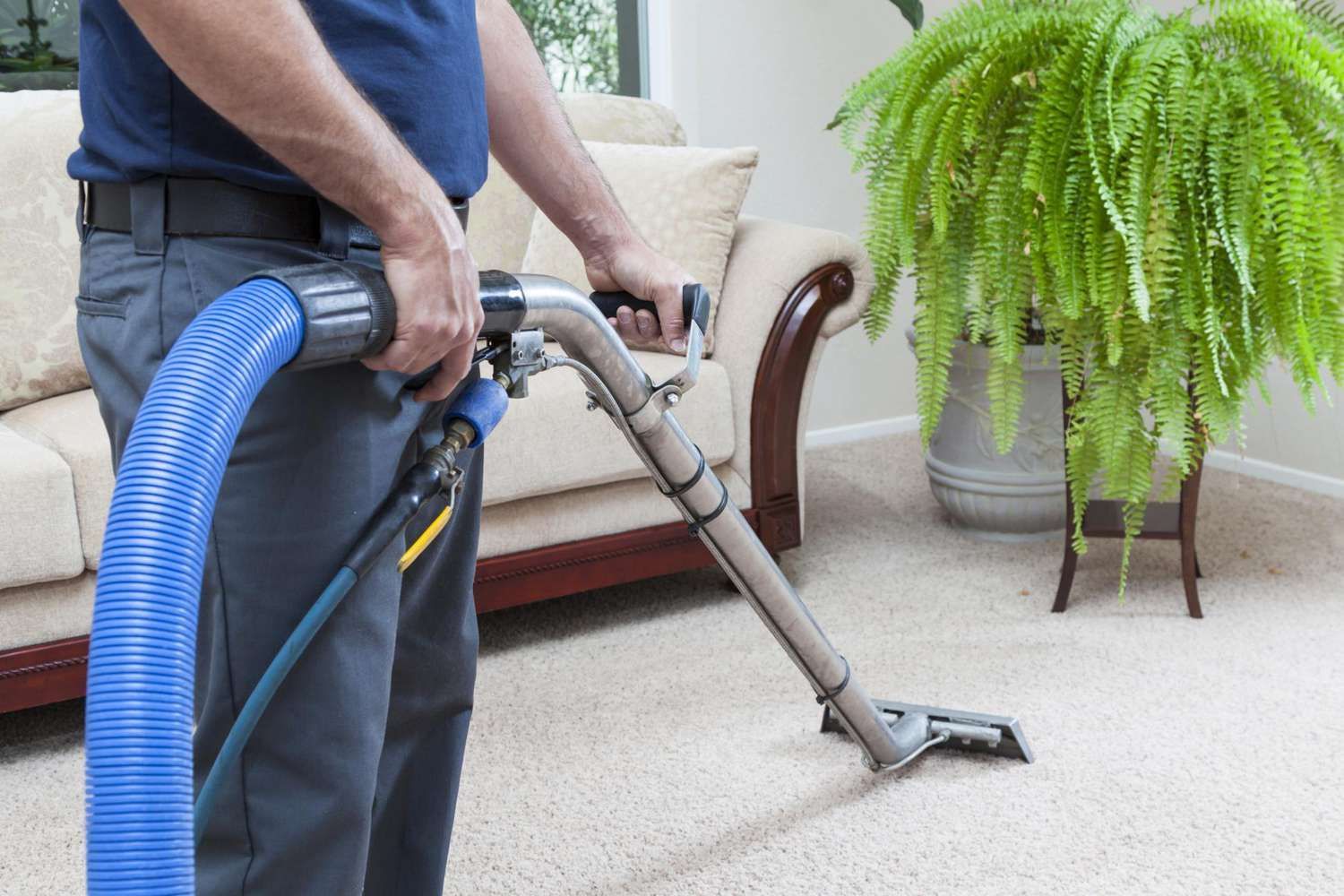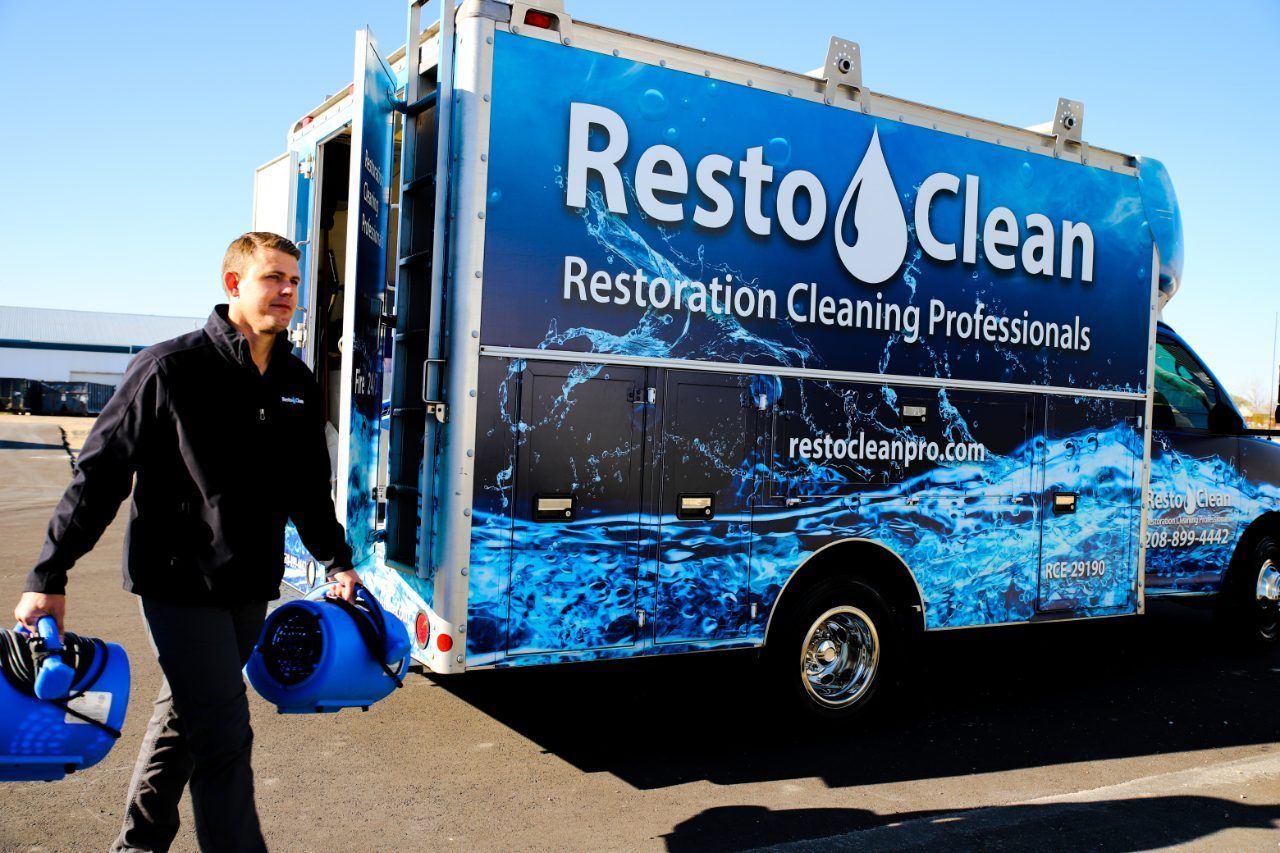Get in touch
555-555-5555
mymail@mailservice.com
Blog

By Daisy Wick
•
November 2, 2023
A fire is a devastating event that can leave behind not only physical damage but also emotional scars. When the flames are finally extinguished, the road to recovery begins. It's essential to understand the importance of professional fire damage restoration and learn about effective ways to prevent such disasters in the first place. Why Professional Fire Damage Restoration Matters When a fire engulfs your home, the aftermath can be overwhelming. The consequences go beyond charred walls and burnt belongings; there are hidden dangers that only professionals can manage effectively: Safety: Fire-damaged structures can be unstable, posing a significant risk to anyone attempting to enter. Professional restoration teams are equipped to assess the structural integrity and ensure it's safe to enter the premises. Smoke and Soot: Smoke and soot damage extends far beyond the visible areas. They can penetrate walls, HVAC systems, and even ductwork. Professionals have the tools and expertise to thoroughly clean and deodorize affected areas. Water Damage: Often, firefighting efforts involve significant water usage. This can lead to water damage, mold growth, and further structural issues. Restoration experts can mitigate water damage and prevent mold infestations. Content Restoration: Fire-damaged personal belongings often carry immense sentimental value. Professional restoration services can salvage, clean, and restore items that might otherwise be lost forever. Insurance Claims: Dealing with insurance after a fire can be complex. Restoration professionals can document the damage, provide accurate estimates, and communicate with insurance adjusters to streamline the claims process. Thorough Cleanup: Fire damage is not limited to what's visible. Professionals ensure that hidden hazards and toxins, like asbestos or lead, are properly managed during the restoration process. Preventing Fire Damage: Safety First While professional fire damage restoration is vital after a fire, preventing a fire in the first place is even more crucial. Here are some key steps to minimize the risk of fire: Install Smoke Alarms: Ensure you have working smoke alarms on every level of your home and inside each bedroom. Regularly check and replace batteries. Fire Extinguishers: Place fire extinguishers in key areas like the kitchen, garage, and near heating appliances. Know how to use them. Electrical Safety: Regularly inspect electrical wiring and appliances for signs of wear or damage. Avoid overloading circuits and extension cords. Safe Cooking Practices: Stay vigilant in the kitchen while cooking. Keep flammable materials away from the stove and turn off appliances when not in use. Heating Safety: Maintain heating systems, fireplaces, and chimneys. Keep space heaters at a safe distance from flammable materials. Candle Caution: Use candles with care, keeping them away from curtains and other flammable objects. Smoking Safety: If you smoke, do so outdoors. Use deep, sturdy ashtrays, and ensure cigarettes are fully extinguished. Escape Plan: Develop and practice a fire escape plan with your family. Ensure all members know multiple ways to exit the home. Fire damage can be catastrophic, but with prevention and professional restoration, you can move forward and rebuild your life after a fire. Safety awareness and preparation are your best allies in reducing the risk of such a devastating event.

By Daisy Wick
•
September 11, 2023
Mold damage in your crawlspace can be an insidious problem that, if left unaddressed, can lead to structural issues and health concerns. Whether it's caused by a leak, poor ventilation, or high humidity, mold in your crawlspace demands immediate attention. In this blog post, we'll guide you through the essential steps to handle mold damage in your crawlspace as soon as it becomes apparent. 1. Safety First Before you venture into your crawlspace, prioritize safety. Ensure the area is free from immediate hazards, and make sure it's well-ventilated to prevent exposure to mold spores. If you have any respiratory conditions or allergies, consider wearing protective gear, including a mask and gloves. 2. Identify and Address the Source Identify the source of moisture or humidity that led to mold growth in your crawlspace. It might be a leaking pipe, poor drainage, or inadequate ventilation. Addressing the root cause is crucial to prevent mold from returning. 3. Document the Damage Before you start the cleanup process, document the mold damage in your crawlspace. Take clear photographs or videos of the affected areas, as this documentation may be necessary for insurance claims or when seeking professional assistance. 4. Ventilate the Crawlspace Improve ventilation in your crawlspace to reduce humidity and prevent future mold growth. Consider installing vents or fans to ensure adequate air circulation. A dehumidifier can also help maintain optimal moisture levels. 5. Remove Mold-Infested Materials Inspect your crawlspace for mold-infested materials, such as insulation, wooden beams, or drywall. In severe cases, these materials may need to be removed and replaced. Properly dispose of these materials to prevent further contamination. 6. Clean and Disinfect Clean and disinfect the affected areas using mold-specific cleaning products. Thoroughly scrub walls, floors, and any surfaces with visible mold growth. Make sure to follow safety guidelines and wear protective gear throughout the cleaning process. 7. Seal and Encapsulate Consider sealing or encapsulating your crawlspace to prevent future mold issues. This involves covering the floor and walls with a mold-resistant barrier to create a moisture-resistant environment. Consult with professionals for this task. 8. Assess Structural Integrity Inspect the structural integrity of your crawlspace. Look for signs of mold damage to beams, joists, and foundation supports. Address any structural issues promptly to prevent further damage to your home's foundation. 9. Professional Evaluation For extensive mold damage in your crawlspace, or if you're unsure about the extent of the problem, seek professional evaluation and remediation services. Mold remediation experts have the expertise and equipment to address severe mold infestations safely and effectively. 10. Prevent Future Mold Growth Implement preventive measures to reduce the risk of future mold growth in your crawlspace. Regularly inspect for leaks, maintain proper ventilation, and monitor humidity levels to keep your crawlspace dry and mold-free. In conclusion, mold damage in your crawlspace requires swift and systematic action to prevent further harm to your home and health. By following these steps and involving professionals when necessary, you can effectively manage mold damage and create a healthier living environment. Remember that safety should always be a priority, and professional assistance is often essential for comprehensive mold remediation in a crawlspace.

By Daisy Wick
•
August 11, 2023
Mold is a common household issue that can wreak havoc on both your property and your health. In the beautiful city of Meridian, where humid conditions can encourage mold growth, addressing this concern promptly is essential. In this blog, we'll explore the importance of professional mold removal in Meridian and the numerous benefits it brings to homeowners. Understanding the Mold Menace: Mold thrives in damp and humid environments, making Meridian's climate a prime breeding ground. Left untreated, mold can spread rapidly, causing structural damage and health risks. It's crucial to understand that mold doesn't just affect appearance; its presence can contribute to allergies, respiratory problems, and more. The Dangers of DIY Approaches: DIY mold removal attempts might seem like a cost-effective solution, but they often fall short. Mold spores can easily become airborne during removal, exacerbating health risks and spreading the infestation further. Professional mold removal in Meridian follows strict safety protocols to prevent cross-contamination and ensure a thorough eradication process. Benefits of Professional Mold Removal: Effective Removal: Trained mold removal experts have the knowledge and tools to locate and eliminate mold colonies effectively. Their comprehensive approach ensures that all mold is identified and removed, leaving no room for recurrence. Health and Safety: Professional mold removal prioritizes the health of occupants. Mold removal specialists utilize protective gear and containment methods to minimize exposure to mold spores during removal, safeguarding your well-being. Preventive Measures: Professional mold removal not only removes the current infestation but also addresses the underlying moisture issues that contribute to mold growth. This preventive approach reduces the chances of future mold problems. Thorough Inspection: Certified professionals conduct thorough inspections to identify hidden mold sources. Their expertise ensures that even hard-to-spot areas are examined and treated. Restoration of Property Value: Mold growth can negatively impact the value of your property. By addressing mold promptly with professional services, you're protecting your investment and maintaining your home's worth. Peace of Mind: The removal of mold goes beyond physical restoration; it restores your peace of mind. Knowing that your home is safe from mold's damaging effects allows you to live comfortably and confidently. Conclusion: Mold removal in Meridian is a proactive step towards a healthier home and a more secure future. The benefits of professional mold removal – from effective eradication to preventive measures and peace of mind – cannot be overstated. Don't let mold compromise your property and your well-being; seek the expertise of certified professionals in Meridian to clear the air and restore the safety of your home.


